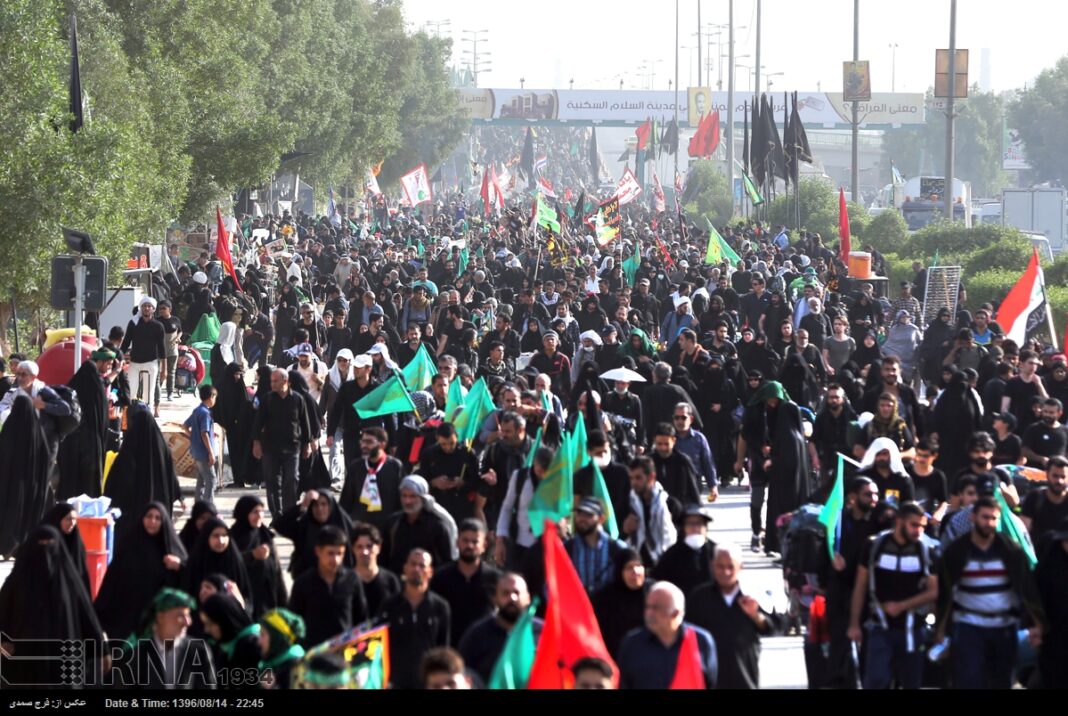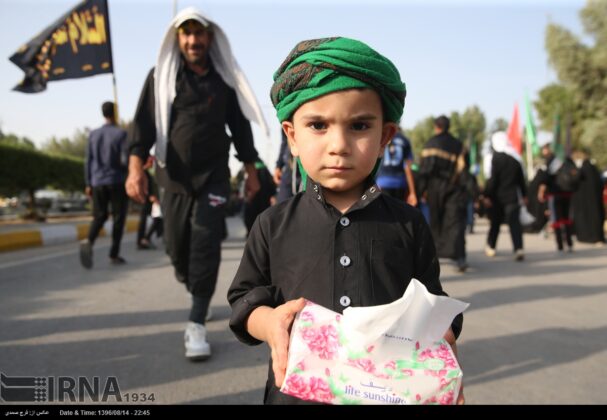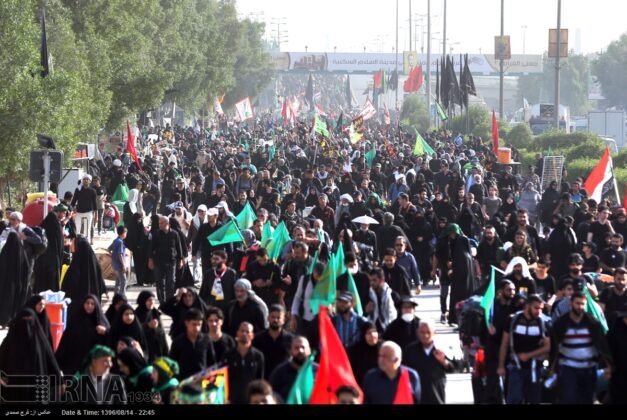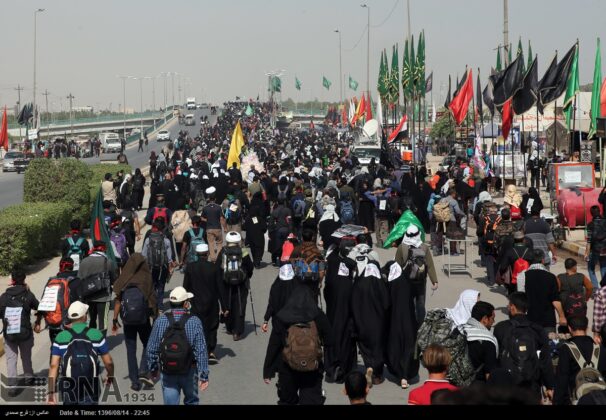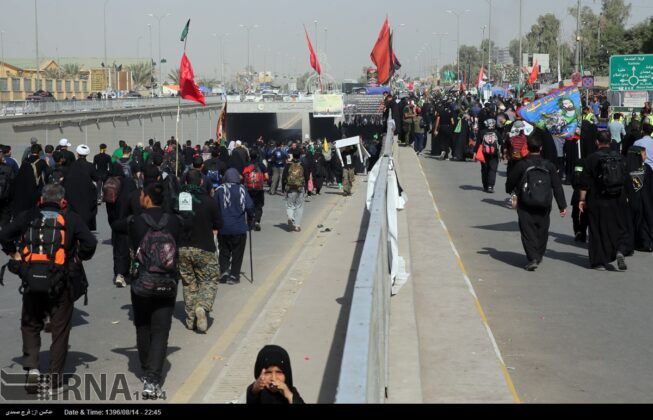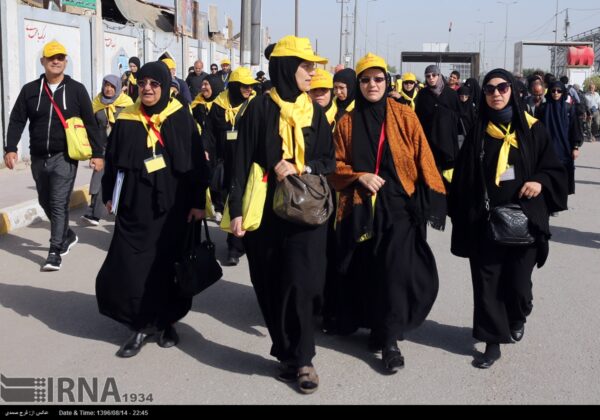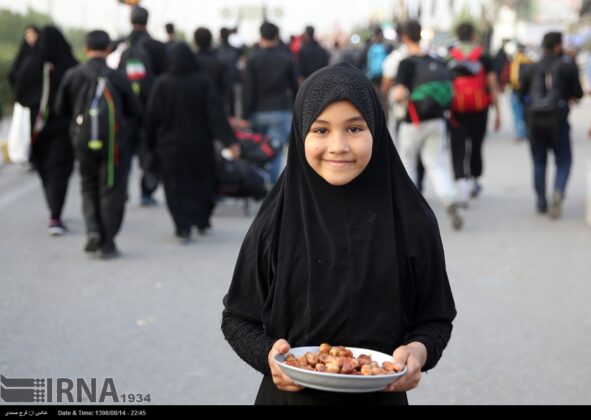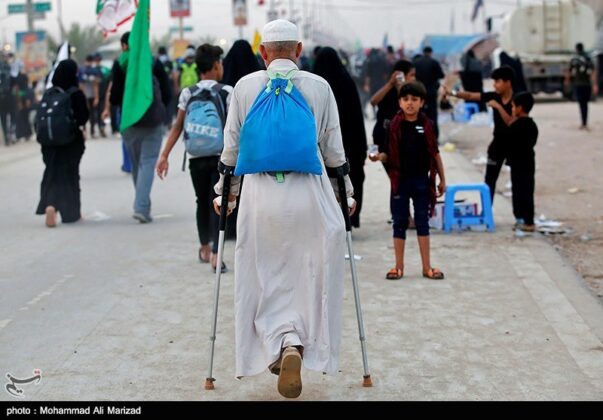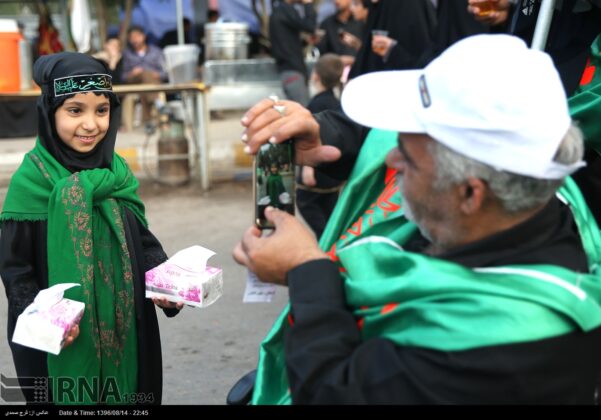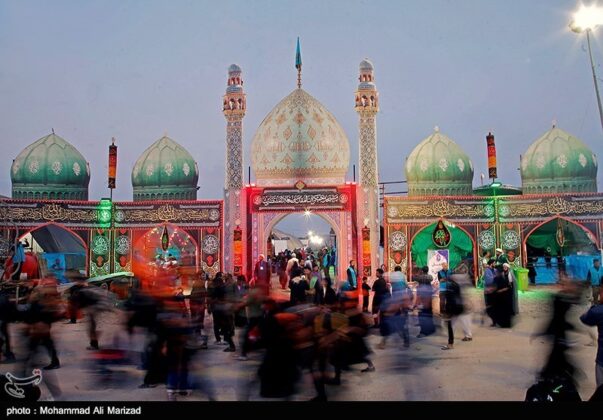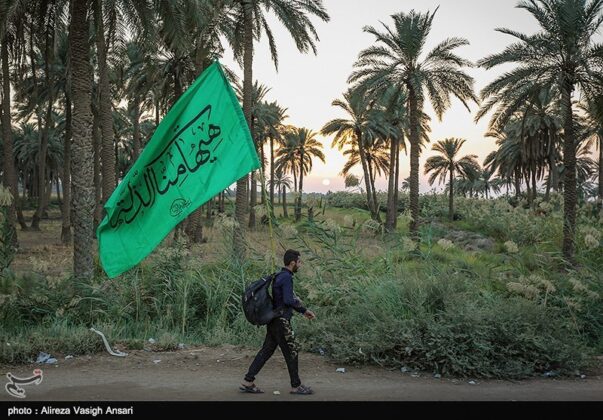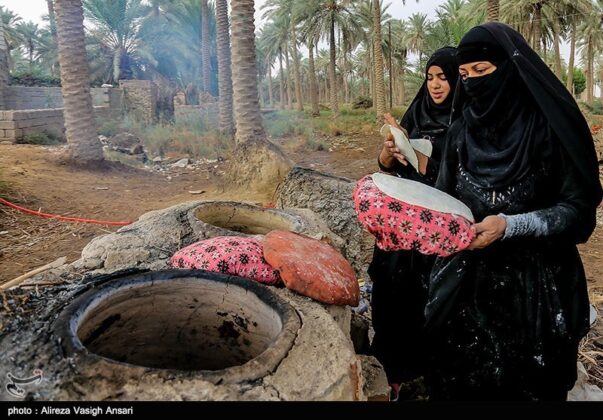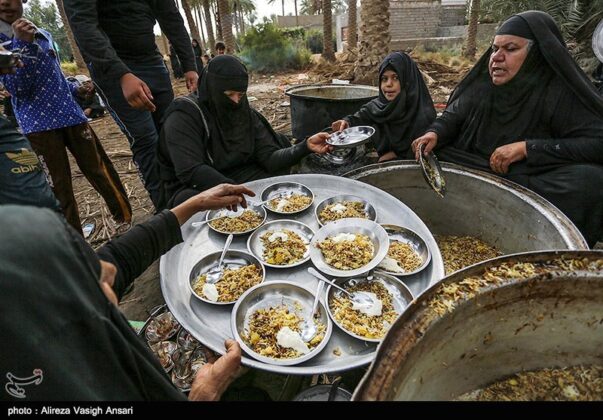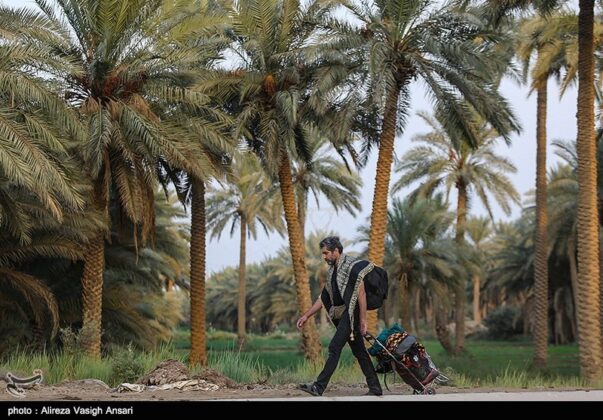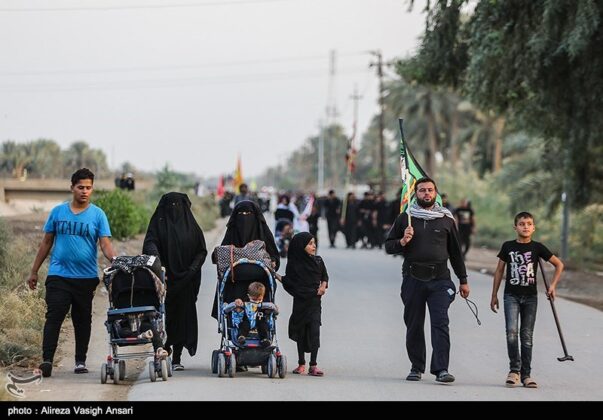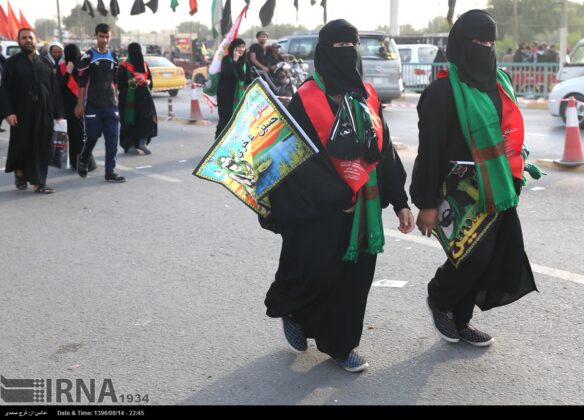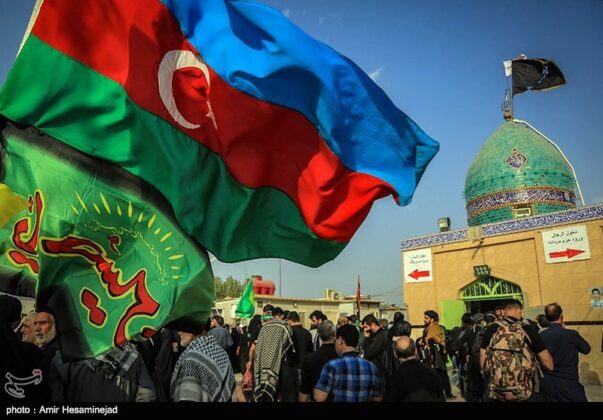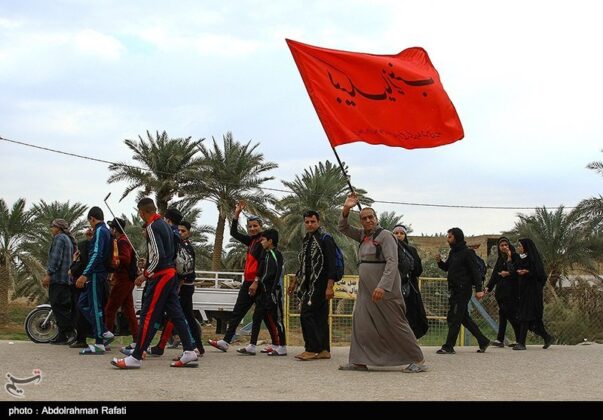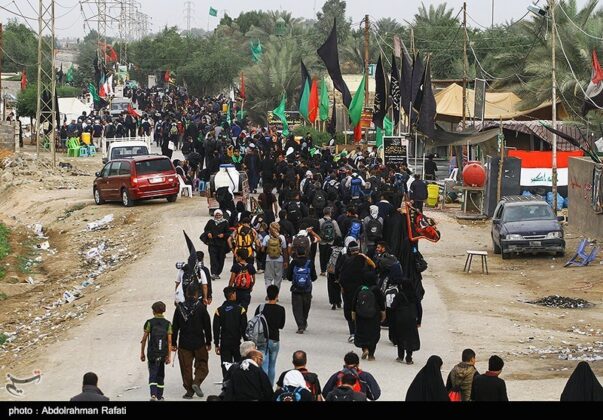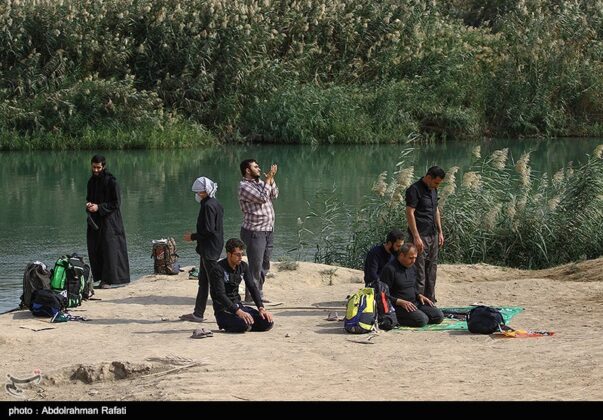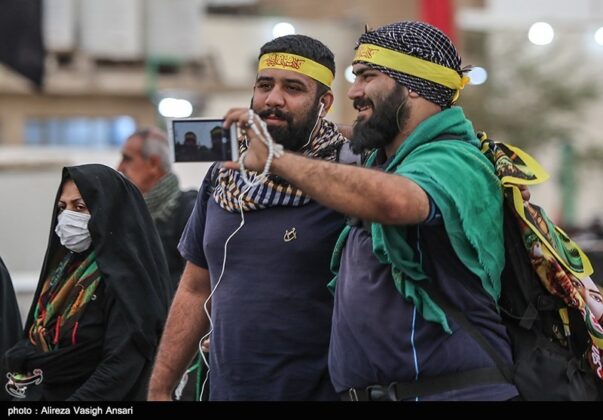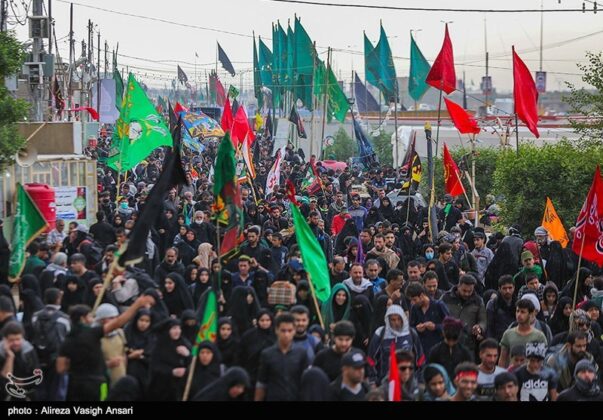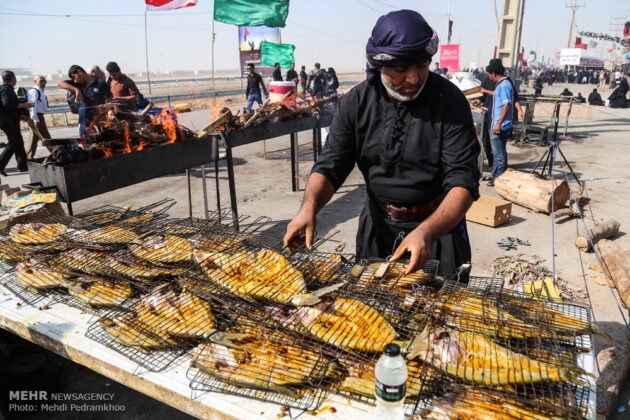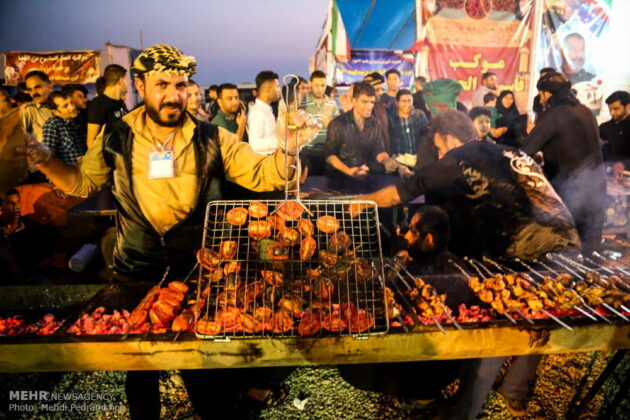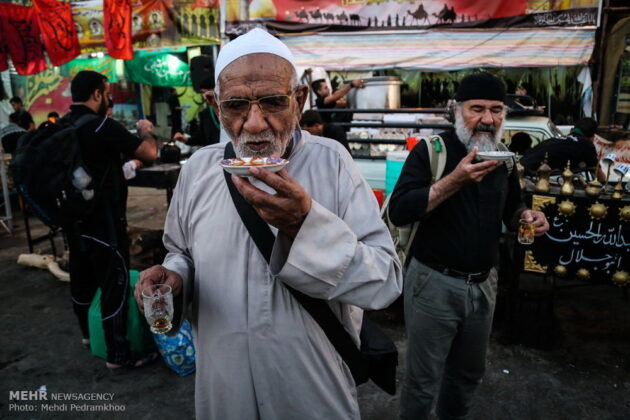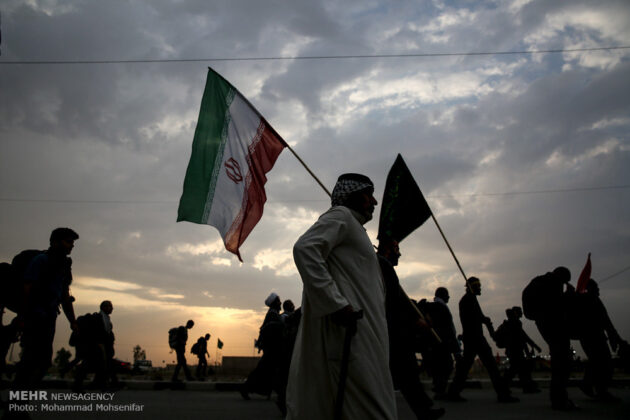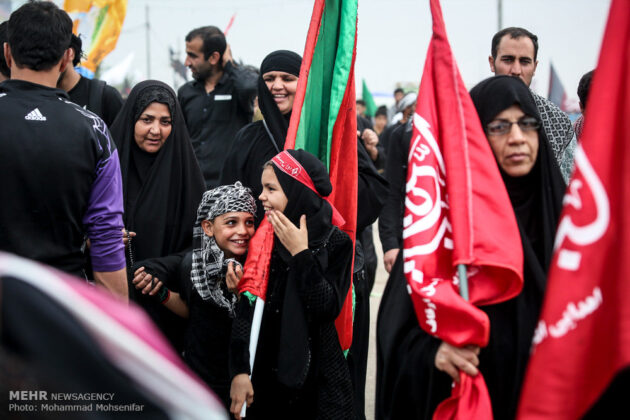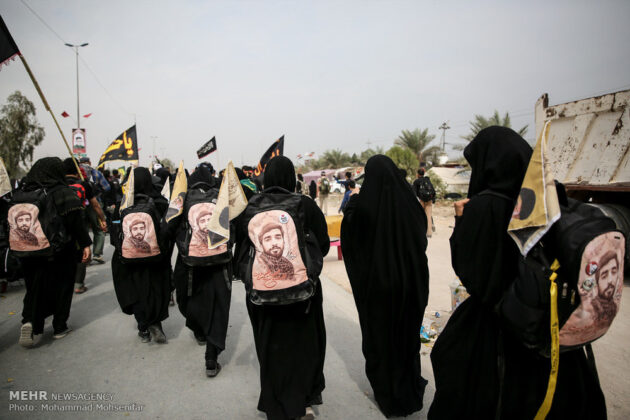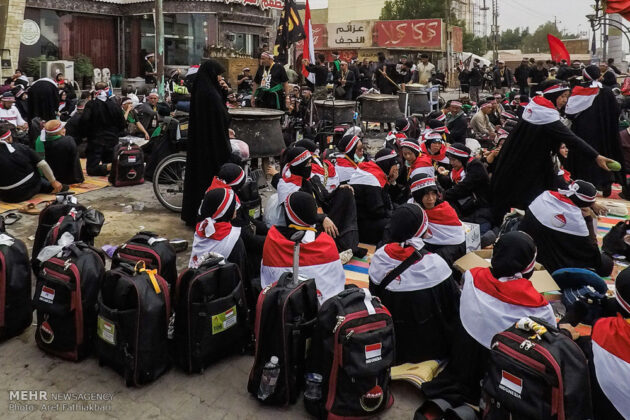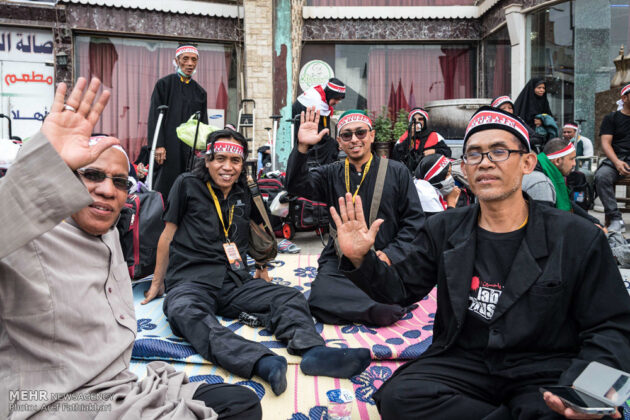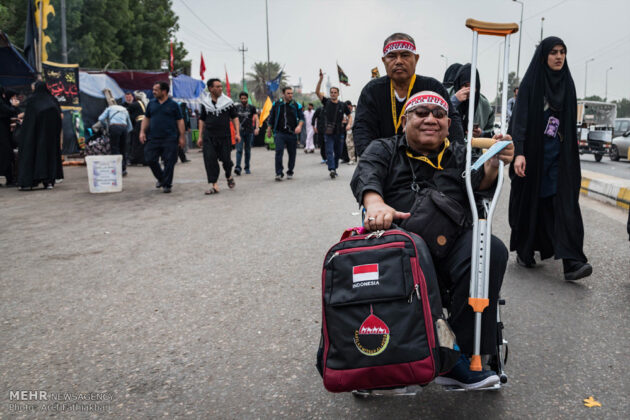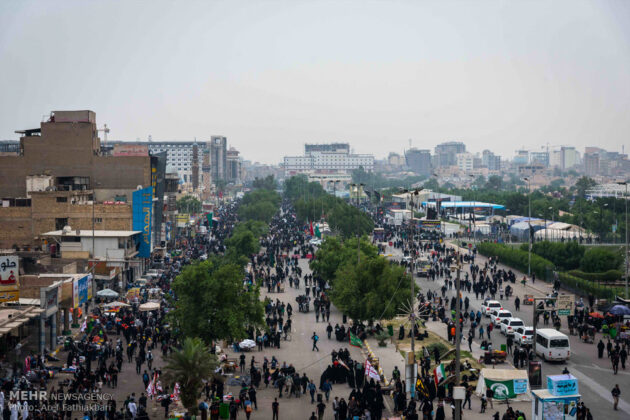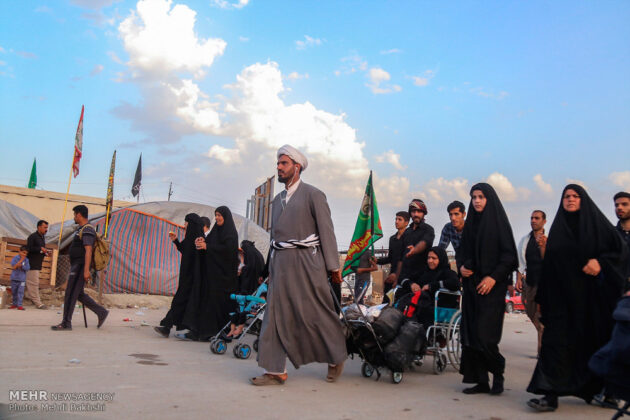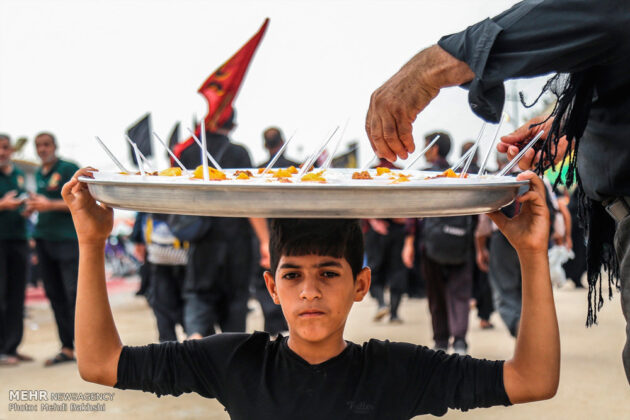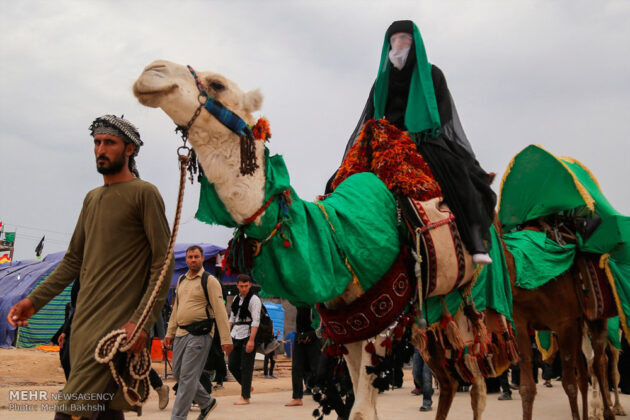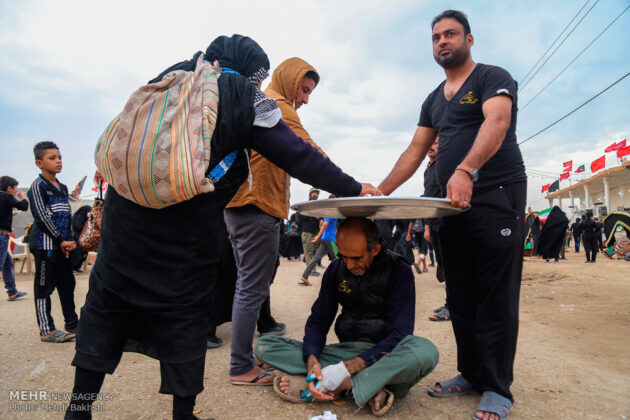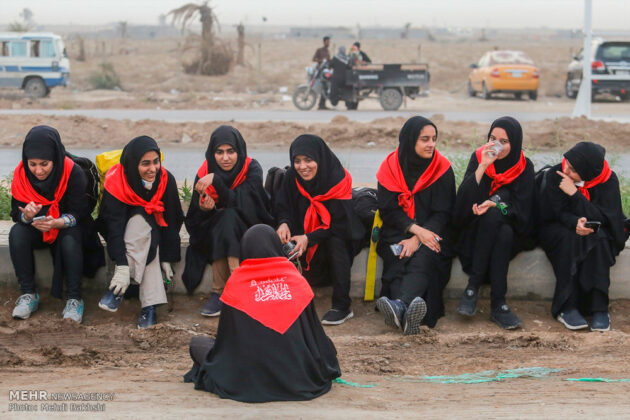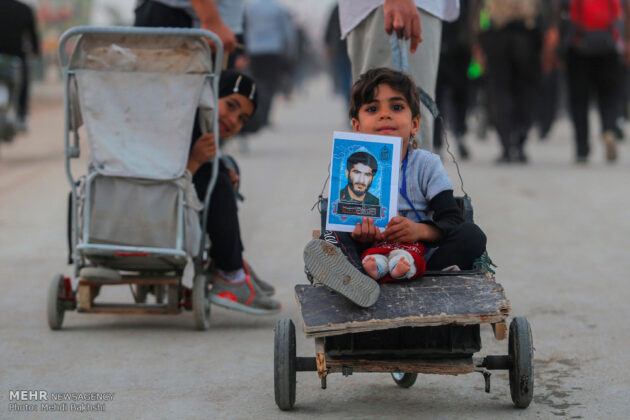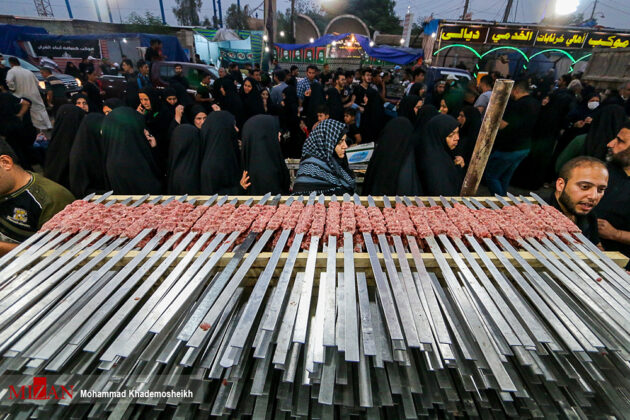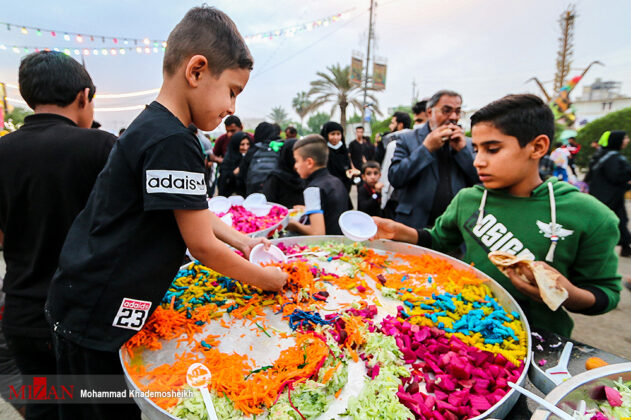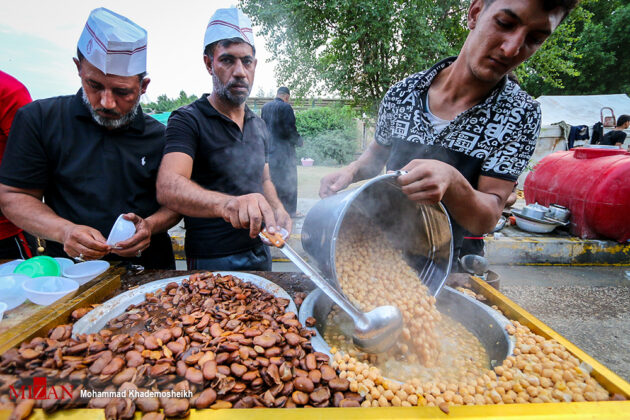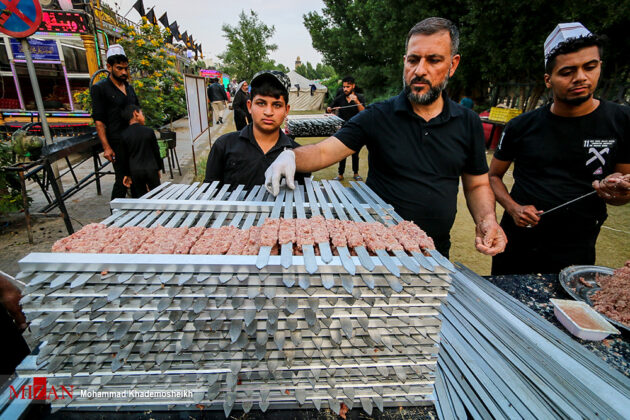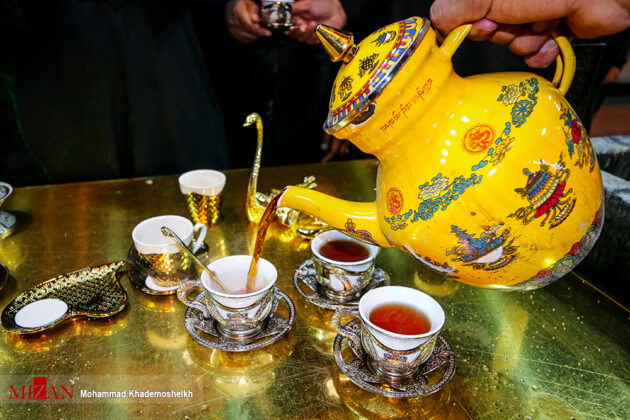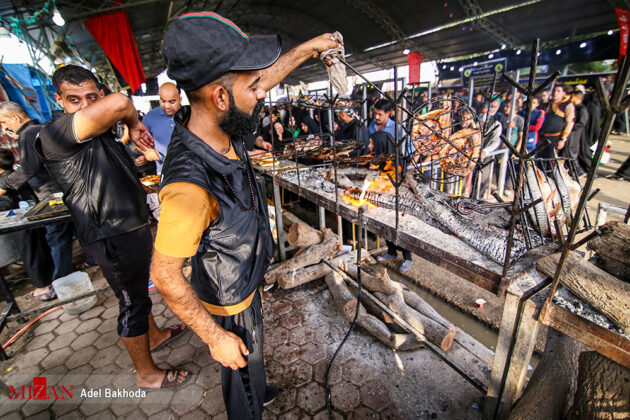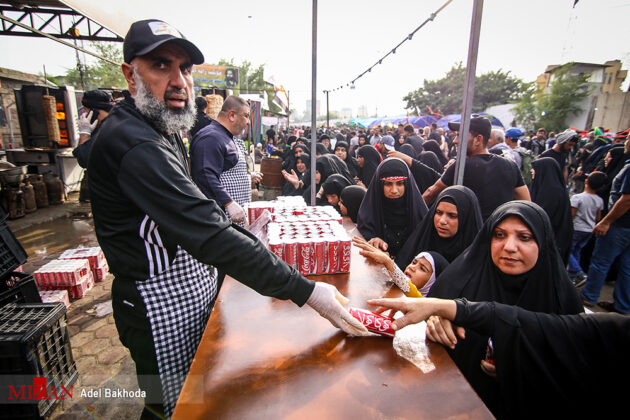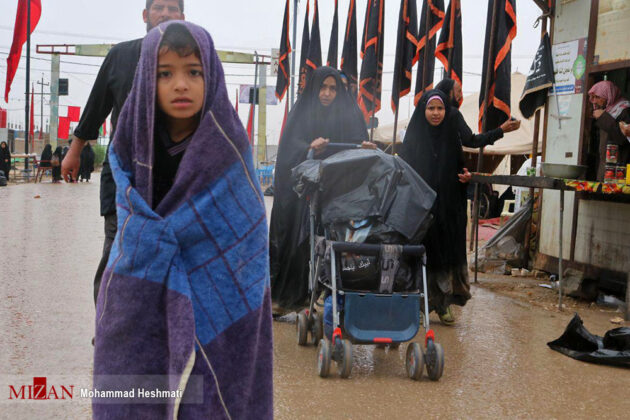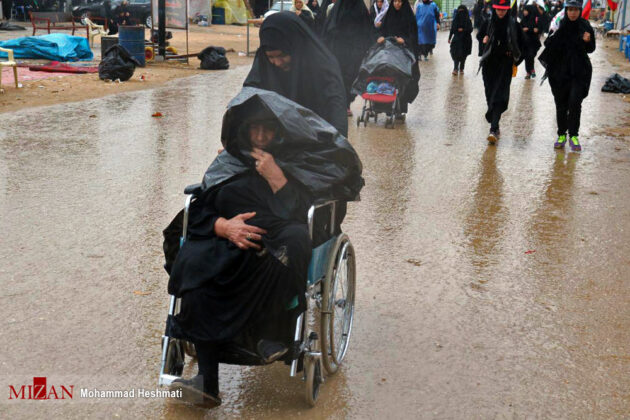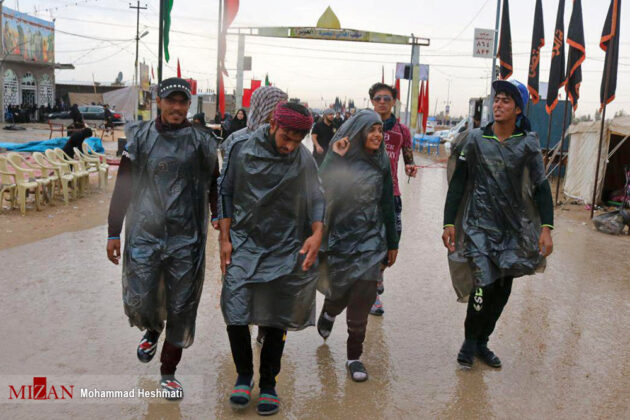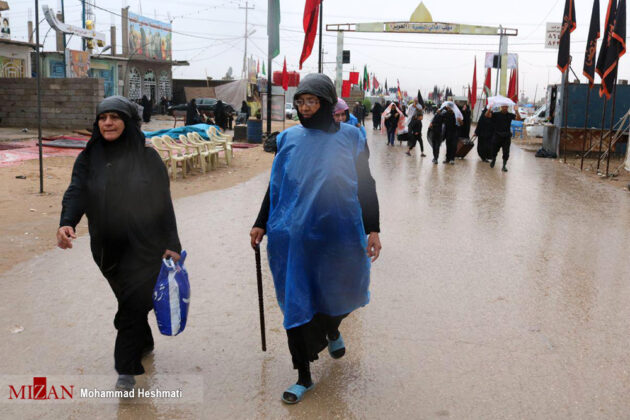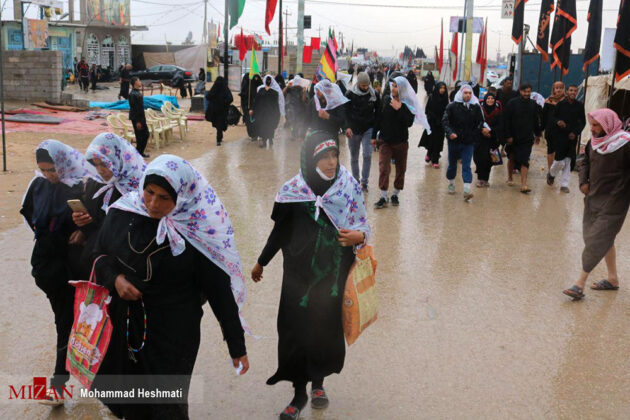The ceremony is to highlight the hardships and sufferings of Imam Hussein (AS) and his followers after his martyrdom in 680 AD.
Imam Hussein’s uprising was in protest against Yazid, a caliph of the Umayyad, who tried to de-Islamize the Muslim community. Imam Hussein was martyred in an unequal battle and his family spread the message of his fight against oppression and corruption in the capital of the Umayyad caliphate during their captivity.
The pilgrimage on the 40th day after the martyrdom of Imam Hussein (AS) was banned during Saddam Hussein’s reign in Iraq; however, with the collapse of his regime, Arba’een once again flourished, and this time not only Iraqis, but also millions of Shiite, Sunni, and even Christian lovers of Imam headed to Iraq from all over the world to walk along the desert paths to the city of Karbala.
Iraqis are good hosts. The entire walkway to Karbala is full of stations where Iraqis including men, women, children, Shiites, Sunnis and non-Muslims spend everything they can afford to accommodate the pilgrims and relieve their fatigue.
Iranians are among the many participants in this massive gathering. Each year, the Iranians who return from the Arba’een pilgrimage share their memories with friends and family members, and the next year, they travel to Karbala along with them. This has increased the number of Iranians, who want to take part in the annual mass pilgrimage to Karbala, to over 2 million people in the past few years. It has also become a major social phenomenon, extending the path of pilgrimage from Iraq to Iran.
Religious analysts and sociologists have long been struggling to understand the cause of such a phenomenon. The Iranian media every year try to find a way to reflect the news of this gigantic and unique gathering and introduce it to the world, an effort that has never been able to reflect the magnificence of what is happening on the ground.
The audience must be there and walk in that direction to see and understand the whole reality.
Some say the size of the event and the volume of occasions are so large that the lens of the camera and the paper media cannot correctly reflect. Perhaps this is the reason we see non-Muslims from different countries taking part in the ceremonies of Arba’een in recent years. Even some Western universities like the Massachusetts Institute of Technology (MIT) carry out research into the phenomenon of Arba’een pilgrimage. Maybe the only way to understand the phenomenon that the media are unable to correctly reflect is to participate in it and become part of it.
The IFP has picked some of the best photos of Arba’een released by Iranian media in a bid to partly explain this unprecedented socio-religious phenomenon to the audience.
